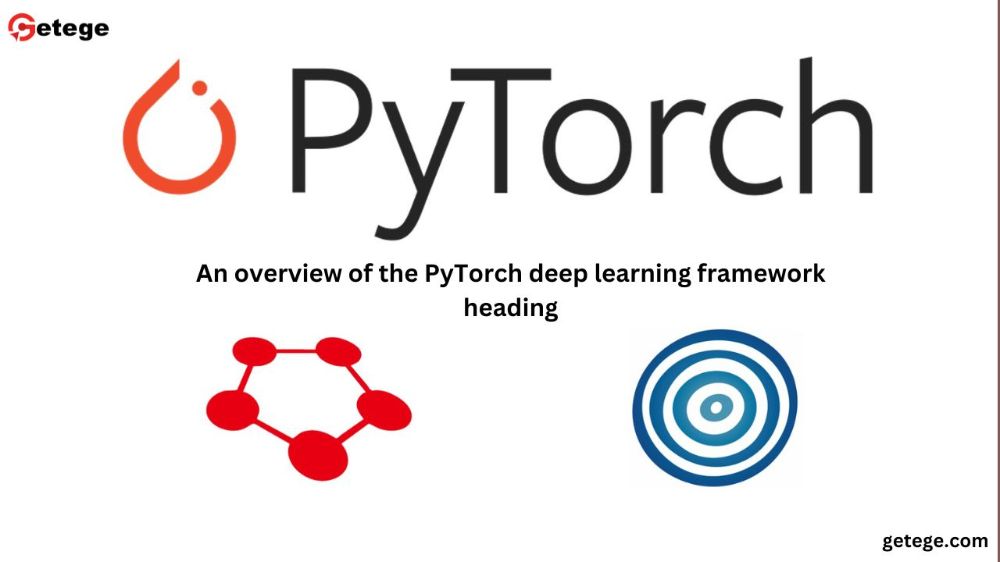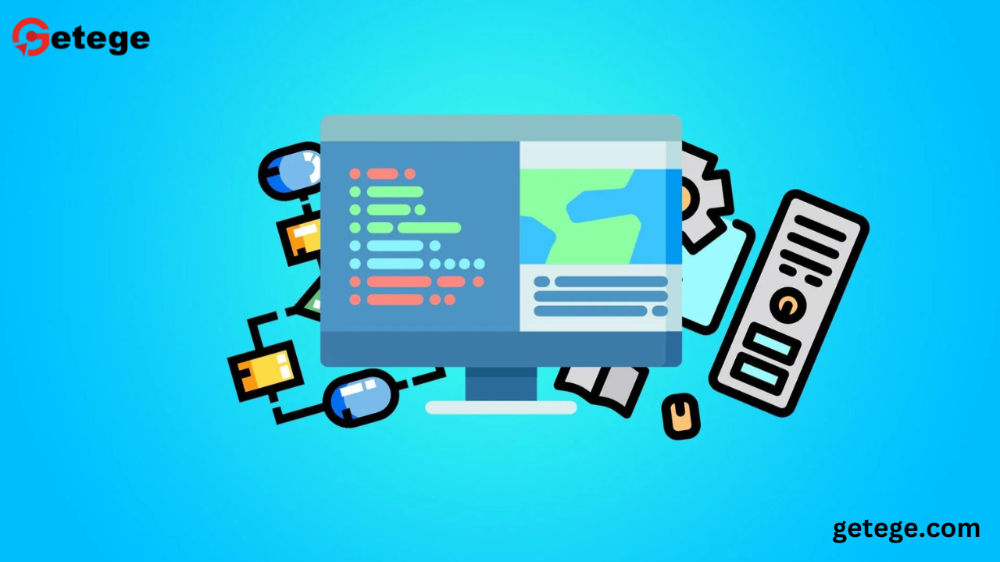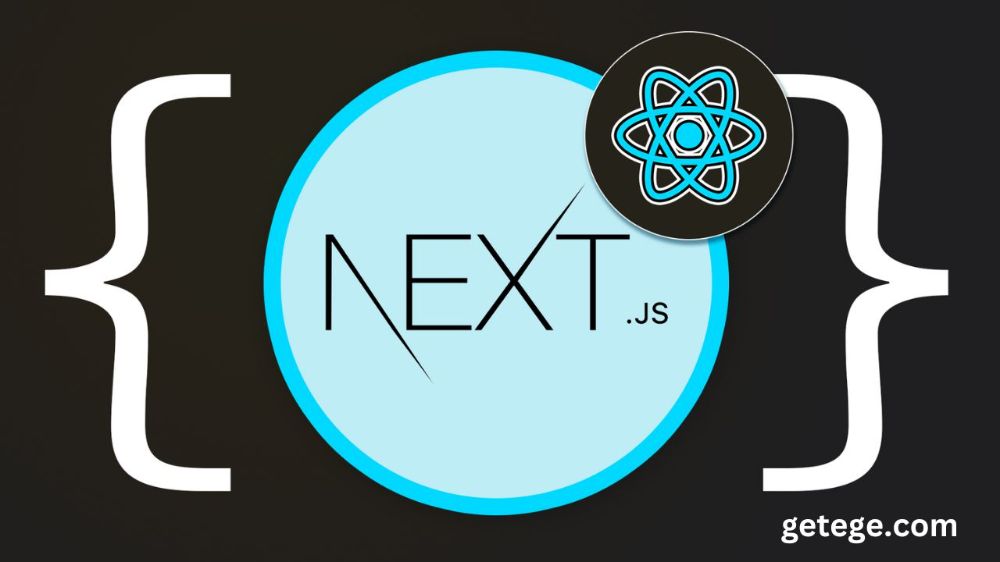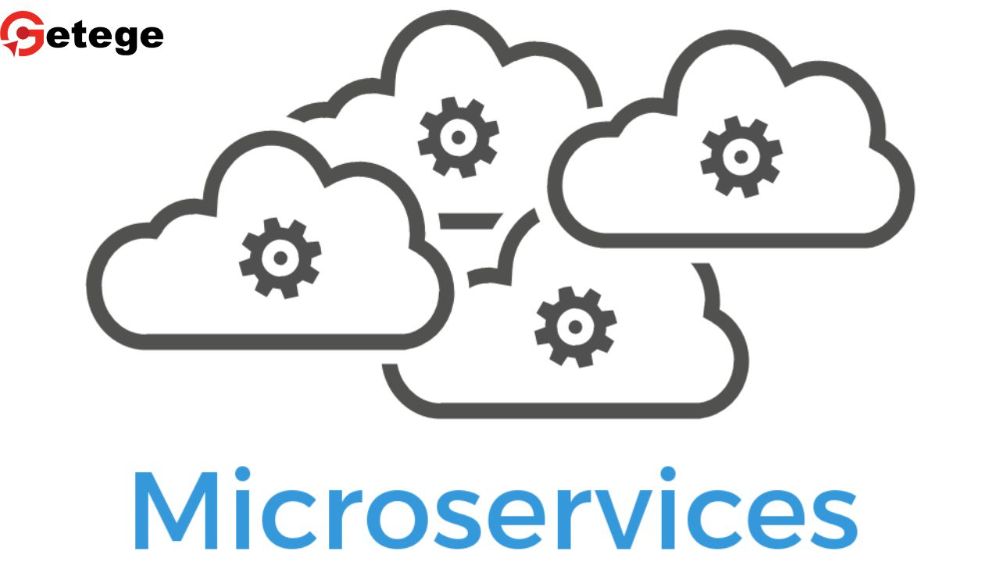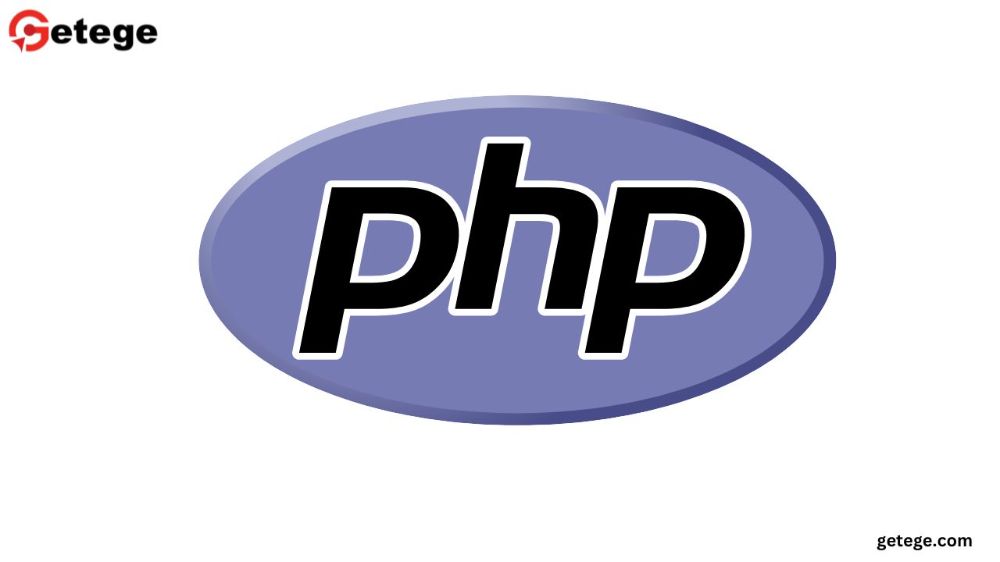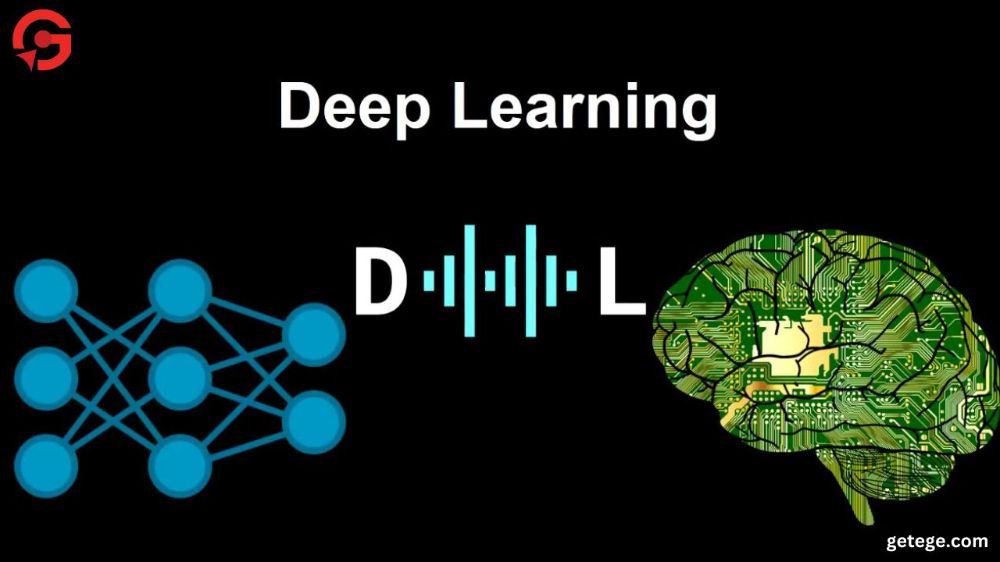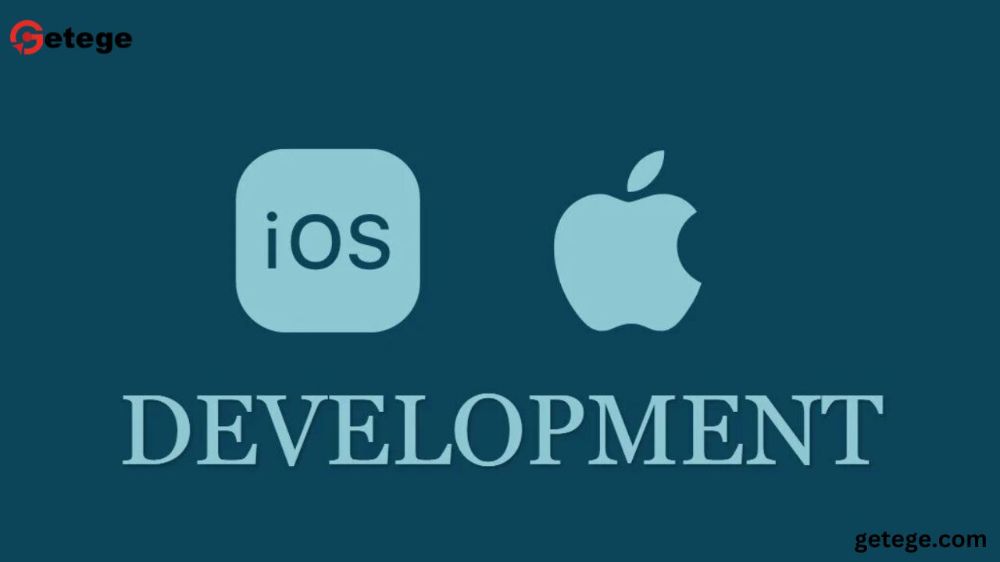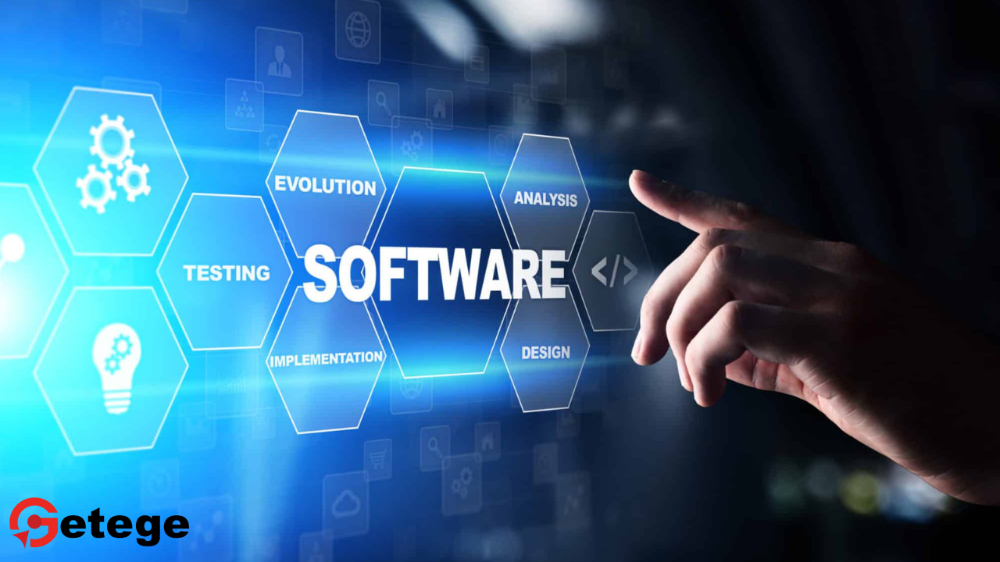Understanding PyTorch: A Comprehensive Guide for Deep Learning Enthusiasts
PyTorch is an open-source machine learning (ML) library based on the Torch library. It has gained immense popularity for its simplicity, flexibility, and power, becoming the go-to framework for deep learning in academic and industrial settings. PyTorch is mainly used in fields like computer vision, natural language processing (NLP), and reinforcement learning. Its dynamic computation graph and pythonic design make it an excellent choice for both researchers and practitioners in machine learning.
Why Use PyTorch?
Here are a few key reasons why PyTorch stands out as a top framework for deep learning:
Dynamic Computation Graphs
PyTorch builds computation graphs dynamically, meaning the graph is constructed as operations are executed. This makes it easier to experiment, modify, and debug models in real-time.Pythonic Interface
PyTorch is known for its ease of use and clean integration with Python. The syntax and design follow the standard Python programming conventions, making it easy for Python developers to get started without learning a new language or complex abstractions.Large and Supportive Community
With a rapidly growing community, PyTorch offers extensive support through tutorials, documentation, and community-driven models. It’s widely adopted by top tech companies and academic researchers alike.Seamless Integration with Other Libraries
PyTorch integrates well with Python libraries like NumPy, SciPy, and other machine learning and deep learning tools, making it highly versatile.
Key Features of PyTorch
1. Tensors
Tensors are the building blocks of PyTorch. They are similar to NumPy arrays but come with additional capabilities such as GPU acceleration. This allows PyTorch to handle large datasets and perform matrix operations efficiently, especially on powerful hardware like GPUs.
2. Autograd
Autograd is PyTorch’s automatic differentiation engine, which computes the gradients required for optimization algorithms during the backpropagation phase of training. This makes building and training neural networks much simpler, as users don’t have to manually compute these gradients.
3. Modular Neural Networks (torch.nn)
The torch.nn module provides tools to build and train neural networks with minimal complexity. By abstracting many of the underlying mechanics, it allows developers to focus on the architecture and design of their models without getting bogged down by technical details.
4. GPU Support
PyTorch supports CUDA (Compute Unified Device Architecture) to accelerate tensor operations by running them on NVIDIA GPUs. This can dramatically speed up training and model development times, especially for large-scale deep learning models.
5. TorchScript for Production
TorchScript is a feature that enables models to be exported and optimized for production environments. It converts PyTorch models into an intermediate form that can be executed independently of Python, which is useful when deploying models in a production setting.
PyTorch Applications
1. Computer Vision
PyTorch is widely used in the field of computer vision for tasks like image classification, object detection, and segmentation. Libraries like torchvision offer pre-built datasets and models, making it easier for developers to start working on these tasks.
2. Natural Language Processing (NLP)
In NLP, PyTorch has been instrumental in the development of state-of-the-art models for tasks such as machine translation, text classification, and sentiment analysis. Popular libraries like Hugging Face's transformers use PyTorch to build and fine-tune powerful language models such as BERT, GPT, and T5.
3. Reinforcement Learning
PyTorch is also a popular framework in the reinforcement learning community. It works seamlessly with environments like OpenAI Gym and offers flexibility in defining custom neural network architectures for RL agents.
4. Generative Models
Generative models, such as Generative Adversarial Networks (GANs) and Variational Autoencoders (VAEs), are commonly built using PyTorch. These models are used in applications like image generation, music synthesis, and creating synthetic datasets.
How to Get Started with PyTorch
1. Installation
Installing PyTorch is straightforward and can be done using popular package managers like pip or conda. Once installed, you can begin experimenting with basic tensor operations and neural networks.
2. Learning Resources
PyTorch has a vast array of learning resources. You can start by exploring official tutorials, GitHub repositories, and community-contributed notebooks. There are also numerous online courses, blogs, and YouTube channels dedicated to teaching PyTorch, ranging from beginner-level introductions to advanced deep learning concepts.
3. Experiment with Pre-Trained Models
For beginners, a great way to get started is by experimenting with pre-trained models. Libraries like torchvision and transformers provide models trained on large datasets, allowing you to fine-tune or apply them to your specific use cases with minimal setup.
FAQs About PyTorch
1. Is PyTorch better than TensorFlow?
Both PyTorch and TensorFlow are popular deep learning frameworks. PyTorch is favored for its dynamic computation graph and ease of use, especially for research, while TensorFlow is often preferred for large-scale production environments due to its static graph and deployment tools.
2. Can PyTorch be used for production-level applications?
Yes, PyTorch can be used for production. With the help of TorchScript, you can optimize and deploy models in production environments without depending on Python.
3. Is PyTorch free to use?
Yes, PyTorch is open-source and free to use. It is distributed under the BSD license.
4. How is PyTorch different from NumPy?
PyTorch’s tensors are similar to NumPy arrays, but they come with additional features like GPU acceleration and support for automatic differentiation, making PyTorch more suitable for deep learning tasks.
5. What industries use PyTorch?
PyTorch is widely used in industries such as healthcare, automotive, finance, and entertainment for tasks related to AI, computer vision, NLP, and more. Companies like Facebook, Tesla, and Uber use PyTorch for various machine learning applications.
Conclusion
PyTorch is a powerful, flexible, and easy-to-use framework for deep learning. Whether you're a researcher, engineer, or data scientist, PyTorch provides the tools you need to build, train, and deploy state-of-the-art models. Its dynamic computation graphs, extensive community support, and robust feature set make it an excellent choice for tackling a wide range of machine learning tasks. From computer vision and NLP to reinforcement learning and generative models, PyTorch opens up endless possibilities for innovative AI solutions.
